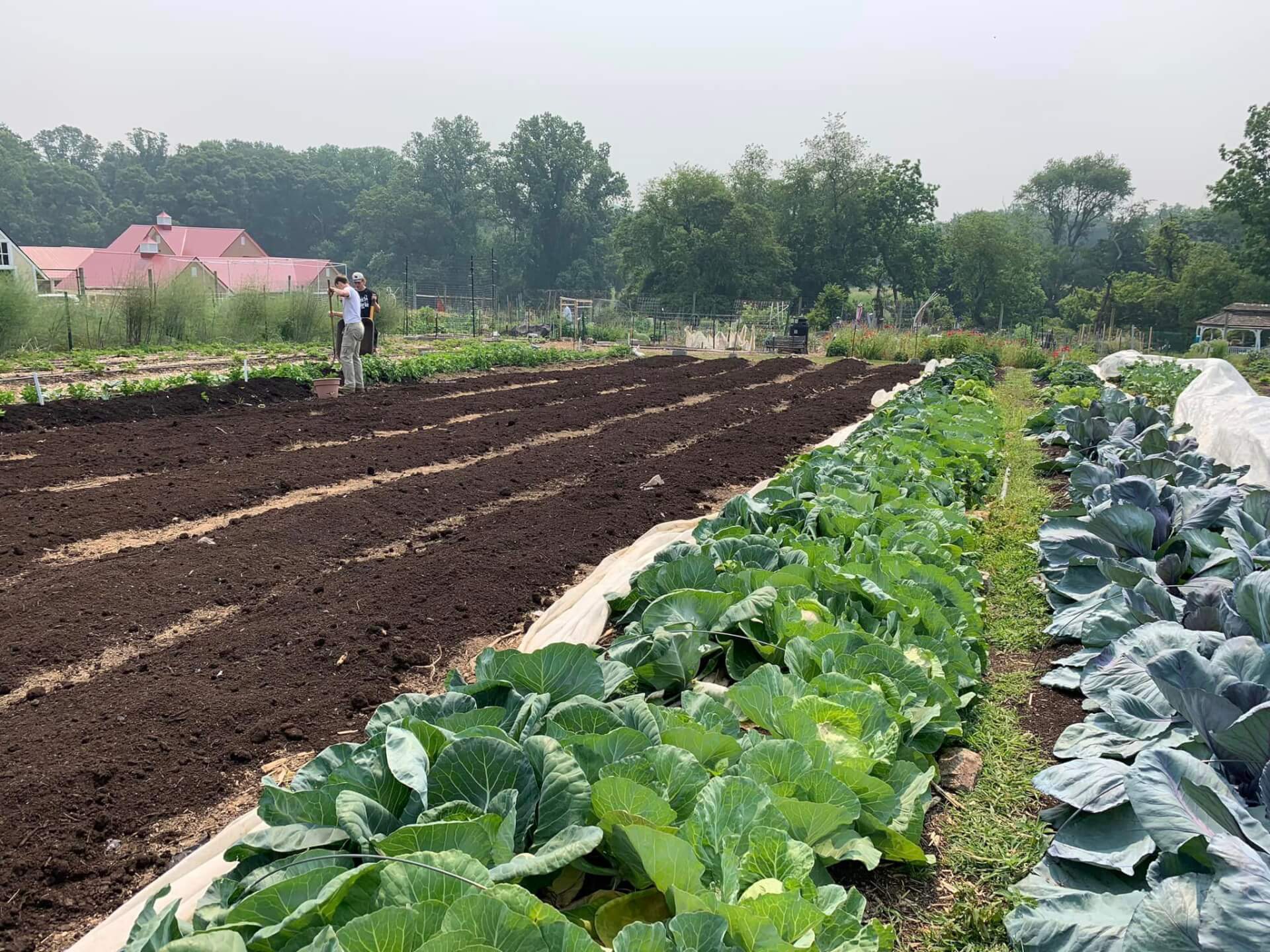What is Companion Planting?
Companion planting is the idea that some plants benefit from growing near one another. By growing these plants near each other, they should help each other in the following ways: increased nutrient uptake, improved pest management (thereby reducing pesticide use), and enhanced pollination – all leading to healthier plants and higher yields. Conversely, certain combinations may result in the opposite effect. Incompatible plantings can result in the opposite outcomes: stunted growth, increased pests and diseases, and negatively impacted flavor. While companion planting is most often used for vegetables, the same approach applies to herbs and flowers.
Here are a few examples of compatible combinations:
- One of the most well-known examples is the Native American practice of planting a combination of corn, squash and beans. This maximizes yield in compact spaces because 1) the corn grows tall and narrow, 2) leaving open space below for sprawling squash plants that 3) shade the soil to help with moisture retention while 4) the pole beans climb the corn as a support trellis while adding nitrogen to the soil that feeds both the squash and corn.
- Because many vegetable crops are not self-fertile, pairing fruit or vegetable plants with pollen-rich flowers like calendula, cosmos, zinnia, bachelor buttons, or borage will attract pollinators such as bees and butterflies, ensuring increased yields.
- While many companion plants draw in beneficial bugs, some can also help deter pests or disease. For example, garlic, chives, onions, and fragrant herbs like basil, dill, and cilantro can help repel aphids – ideal for natural aphid control around susceptible crops like brassicas or leafy greens. The sharp smell of marigold flowers also reportedly keeps pest insects like whitefly away.
- Hot pepper plants contain a substance within their root system that is effective at warding off and preventing root rot diseases, such as Fusarium rot. This helps keep root rot away from other companions in the same garden bed as peppers.
- Other companion plants DO attract pest insects but will distract pests away from your fruit and vegetables plants instead. These are referred to as trap or sacrificial crops. For example, nasturtium flowers attract bees and hummingbirds, but their leaves are also magnets for aphids and cabbage worms. NOTE: These plants should be removed from the garden once they become heavily infested. T
Here are a few examples of incompatible combinations:
- Tomatoes and potatoes are susceptible to similar pests and diseases, therefore growing them in proximity increases the risk of these issues spreading.
- Corn and tomatoes should not be planted together due to their different growth habits. Since both plants are heavy feeders and require nutrient-rich soil, planting them together increases the competition for nutrients, thus inhibiting growth and development of the plants. Additionally, tomatoes require full sun will be shaded by the corn.
- Both tomatoes and brassicas are both heavy feeders and require nutrient-rich soil to thrive. Like corn, planting them together can lead to greater competition for nutrients and leave tomatoes undernourished.
- Pumpkins and summer squash will cross-pollinate if grown together and will produce fruits that do not taste very palatable. Plus, both of these crops share insect pests and diseases, including powdery mildew, squash vine borers, hairy back legs, and squash bugs.
Submitted by Rachel Adler
Reference: Martha Stewart

